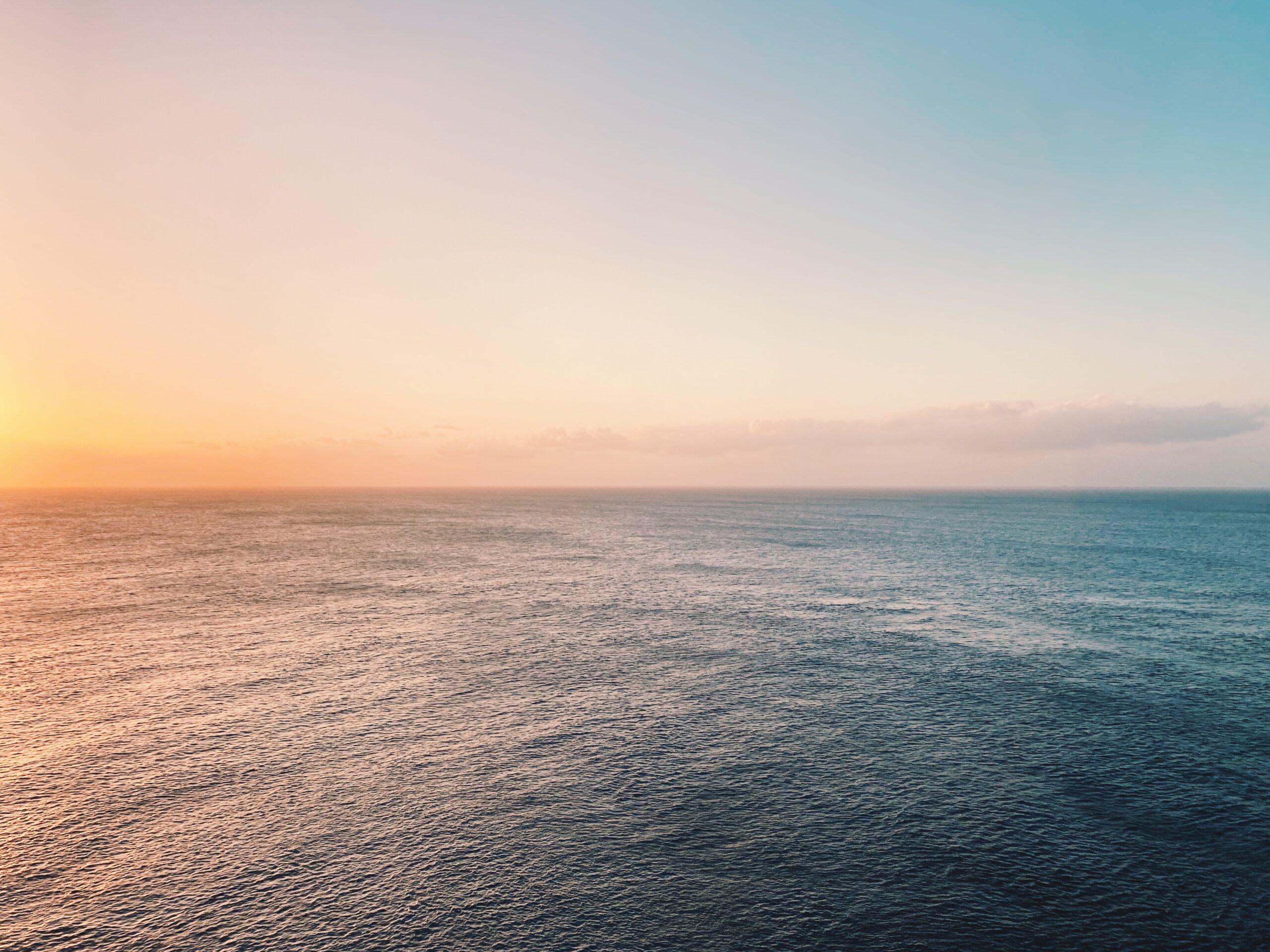| Contact: | Joanie Steinhaus, Gulf Program Director, joanie@seaturtles.org |
Gulf of Mexico Has Larger-Than-Average Dead Zone
The Gulf of Mexico is measured each year for a “dead zone,” an area of low to no oxygen that can kill fish and marine life. This year, scientists supported by the National Oceanic and Atmospheric Administration announced the dead zone is approximately 6,334 square miles, larger than the average dead zone over the past five years of 5,380 square miles.
This year’s area of more than four million acres of habitat potentially unavailable to fish and bottom species were affected by river discharge. In the three weeks prior to the study, river discharge was above normal. Surface waters were low in salinity for most of the area part of the dead zone survey, indicating high freshwater runoff from the Mississippi River affected the dead zone area. As a result, the resulting area of low to no oxygen is insufficient to support most marine life. Species are forced to move to other areas to survive.
Excess nutrient loads, like the Mississippi River discharge, leads to algae growth in the area. When algae die, oxygen-consuming bacteria decompose algae, leaving little to no oxygen for other species in the area.
There are state-funded programs working to achieve the reduction in the Gulf of Mexico dead zone, sharing successful strategies, attempting to reduce excess nutrients in the area, working with farmers to ensure fertilizers stay on fields rather than water, and more. By 2035, officials aim to reduce the five-year average dead zone to just 1,900 square miles.




